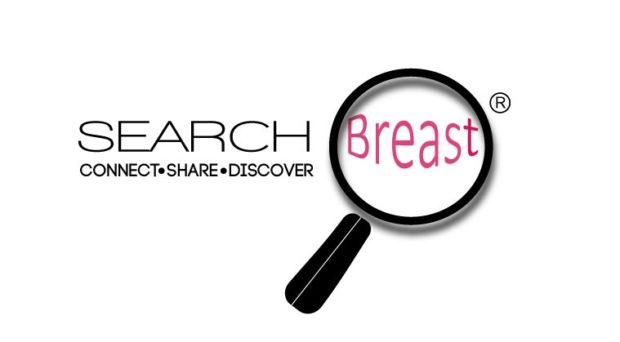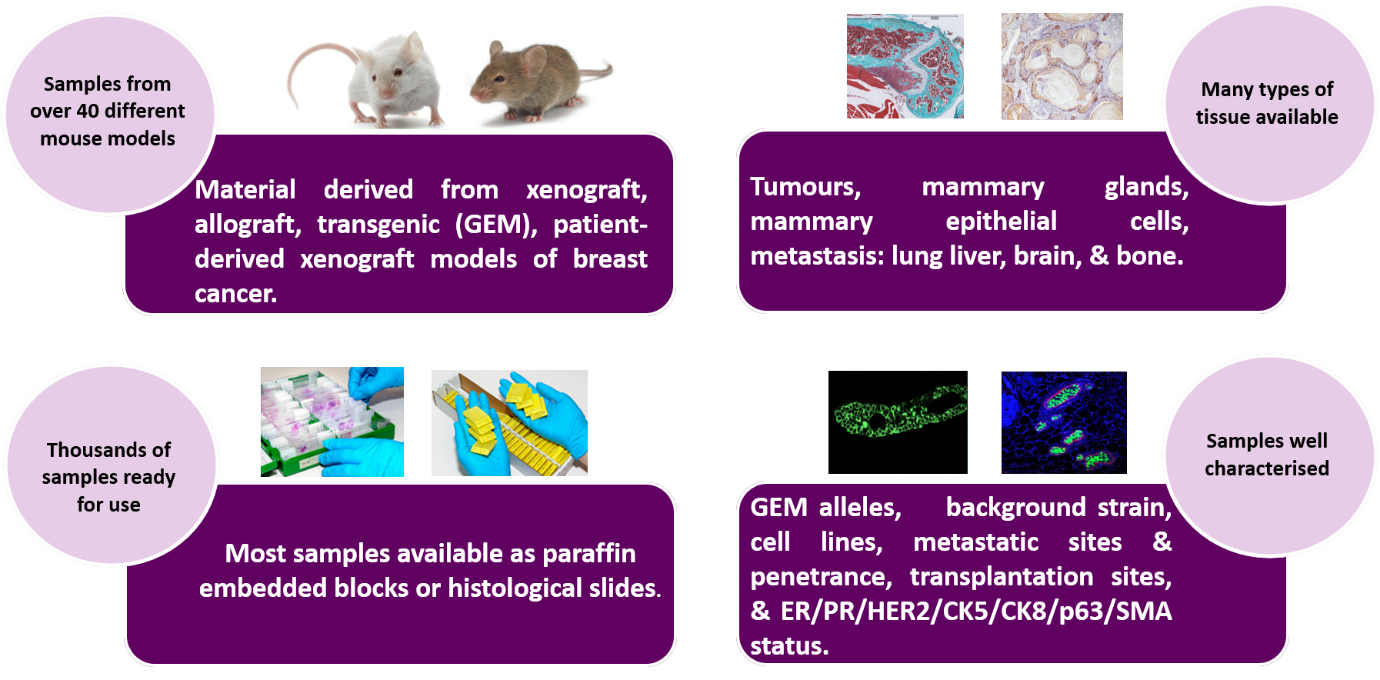
An academic at heart, I often thought that the use of animals in research were a needs must to the advancement of understanding and treatment for many human diseases. In the field of breast cancer, treatments including tamoxifen, trastuzumab, and aromatase inhibitors have been developed due to the contribution of animals in research.
My belief was that animals would continue to make the most significant impact to this field and these experiments should be supported and encouraged.
When starting my position as a Scientific Coordinator for a project called SEARCHBreast (Sharing Experimental Animal Resources Coordinating Holdings –Breast) I was eager to learn and support the contributions that animals in research were continuing to have in the breast cancer field. My belief was that animals would continue to make the most significant impact to this field and these experiments should be supported and encouraged.
What is SEARCHBreast
SEARCHBreast is an initiative supported by the National Centre for the Replacement, Refinement, and Reduction of Animals in Research (NC3Rs) and aims to achieve its ambition through addressing each of the ‘3Rs’ in humane animal research, whilst accelerating our mechanistic understanding of breast cancer.
I was surprised to learn that at the completion of an in vivo study, often there is a vast excess of animal material which is not of immediate use to the researcher. Even more striking is this material is often stored securely in a dusty archive, and often never used or thought of again.
SEARCHBreast believes that sharing this surplus material will reduce the amount of animals used in breast cancer research, simultaneously saving researchers time and money from generating appropriate models from first principles.
Encouraging researchers to use this initiative
My first undertaking as Scientific Coordinator was to bring together the identified researchers who use in vivo techniques and encourage them to join SEARCHBreast and share their material.
My first undertaking as Scientific Coordinator was to bring together the identified researchers who use in vivo techniques and encourage them to join SEARCHBreast and share their material. I initially thought this would be my greatest challenge as although these materials are often archived with no immediate use envisaged, these materials would have taken significant time and money to produce. As such, I initially expected resistance for sharing this precious asset.
However, the breast cancer community have shown that they are indeed collaborative to the core. Within a timeframe of less than two years, SEARCHBreast has built a virtual database, containing information about this archived material available to share on a collaborative basis.
SEARCHBreast’s role is as a no-cost knowledge exchange broker, connecting researchers who have material available to share with those who are searching for samples. By being virtual, the contributors maintain the physical ownership of the material until a time of any collaborations.
The type of material available from SEARCHBreast is shown below:

Over 150 breast cancer researchers are now part of this network. Another advantage of connecting researchers to share knowledge and resources, is to avoid unpublished redundant experiments from taking place, this also helps reduce the number of unnecessary animals used in research.
Extensive by nature, SEARCHBreast members also include those who focus on applying non-animal alternatives to study breast cancer. The appropriateness of the mouse model to study human disease, including breast cancer, has long been debated, and many researchers are now using techniques that utilise Replacement options.
The emergence of cutting-edge research
SEARCHBreast held a workshop focused on replacement techniques and the proceedings from these discuss overcoming many of the perceived barriers in working with human tissue including: access to sample (e.g. via the Breast Cancer Now Tissue Bank), and working with human tissue in the laboratory.
I was intrigued to discover the cutting-edge research emerging from these technologies, which either avoid the use of animals entirely or use human tissue as a compliment to them. Importantly the information achieved from these replacement techniques produce high-quality results offering new insights into the difficult mechanisms surrounding breast cancer.
Despite my appreciation for the need for animals in research, I now believe that ethically, researchers should be carrying out due diligence to ensure no available appropriate material is available to use before embarking on generating new models.
Importantly, support and connecting to experts to help in this process is at hand. SEARCHBreast is a no-cost open collaborative network open to any academic researcher and registration can be done via a simple online registration process.
Comments